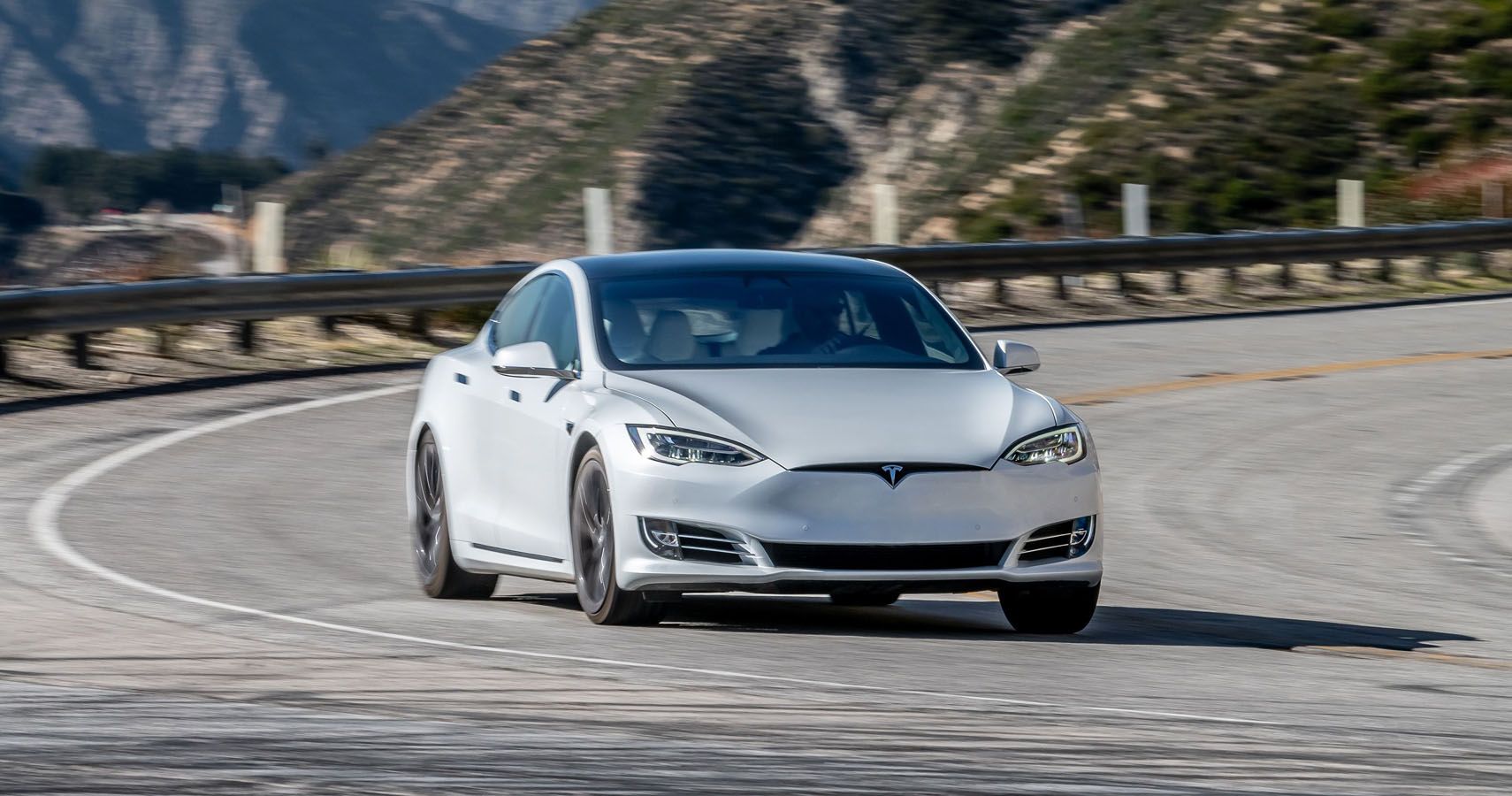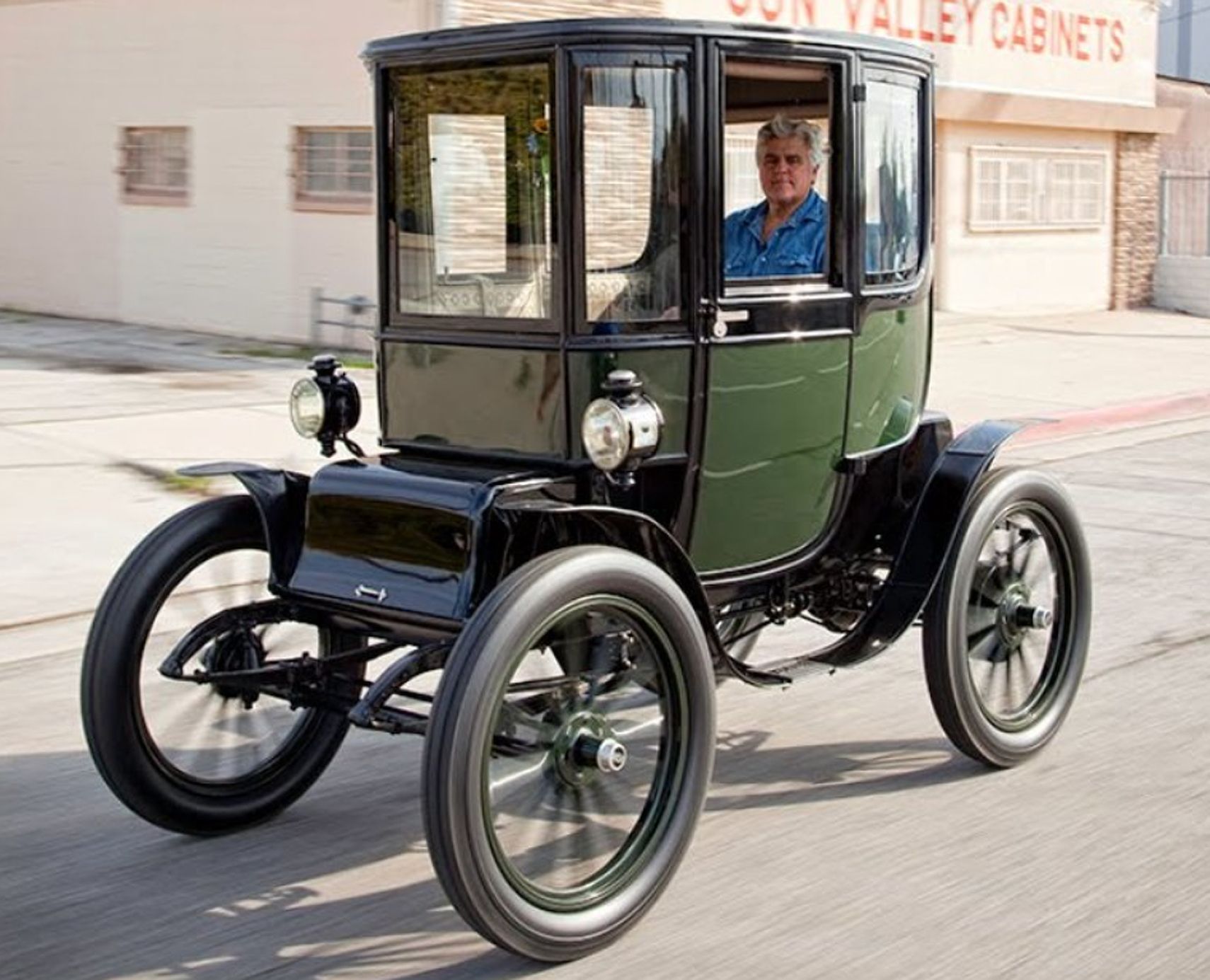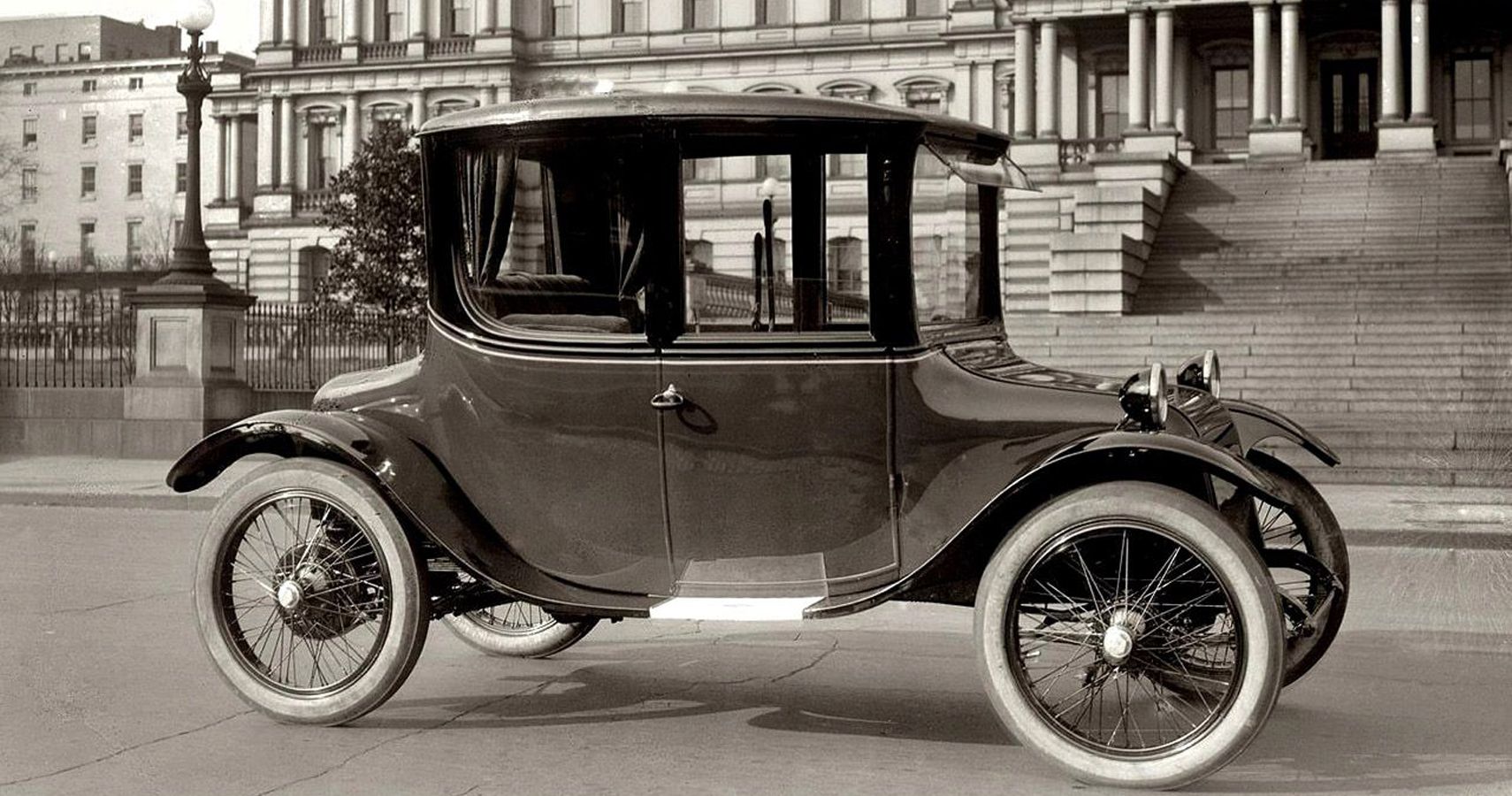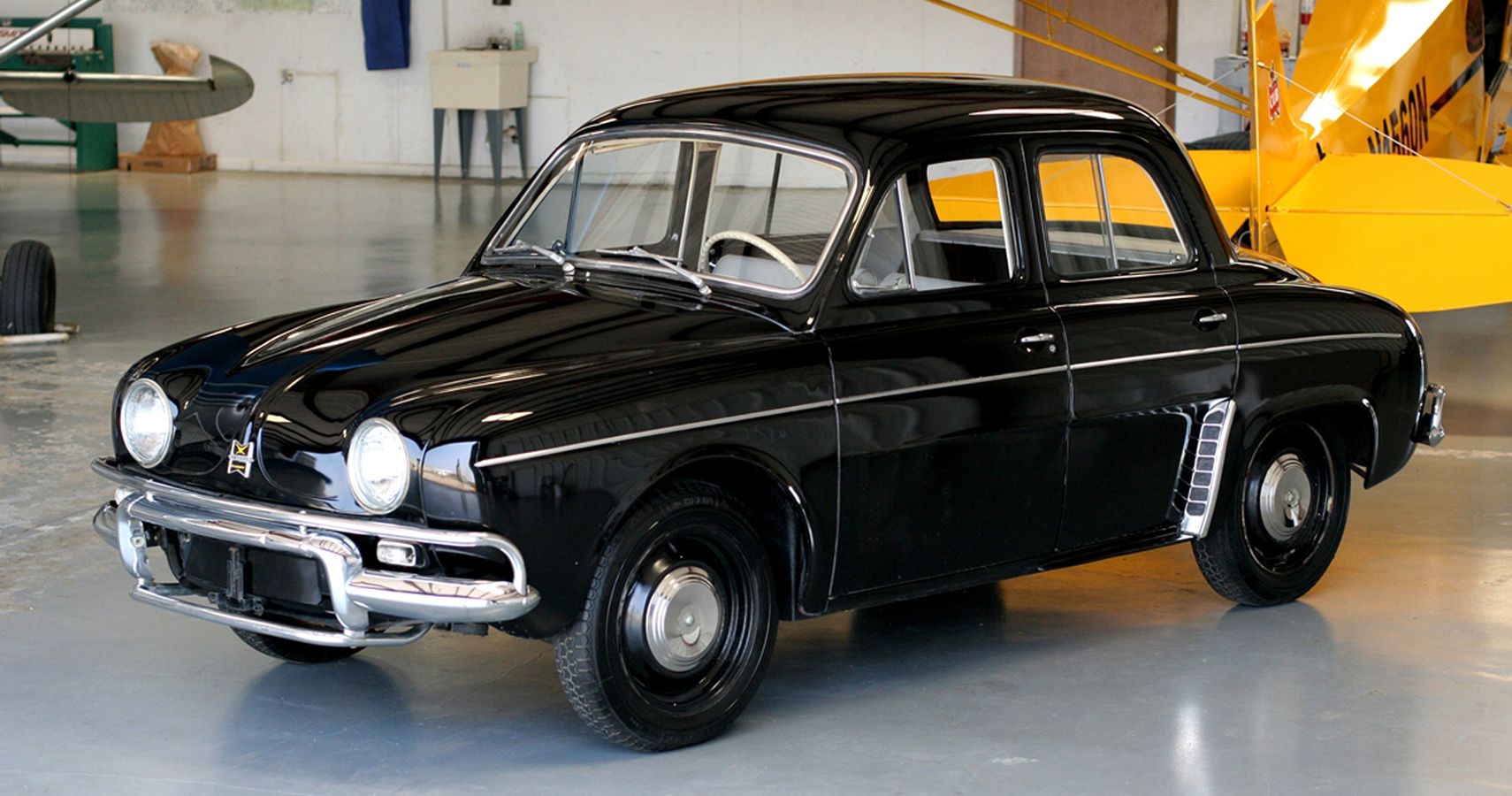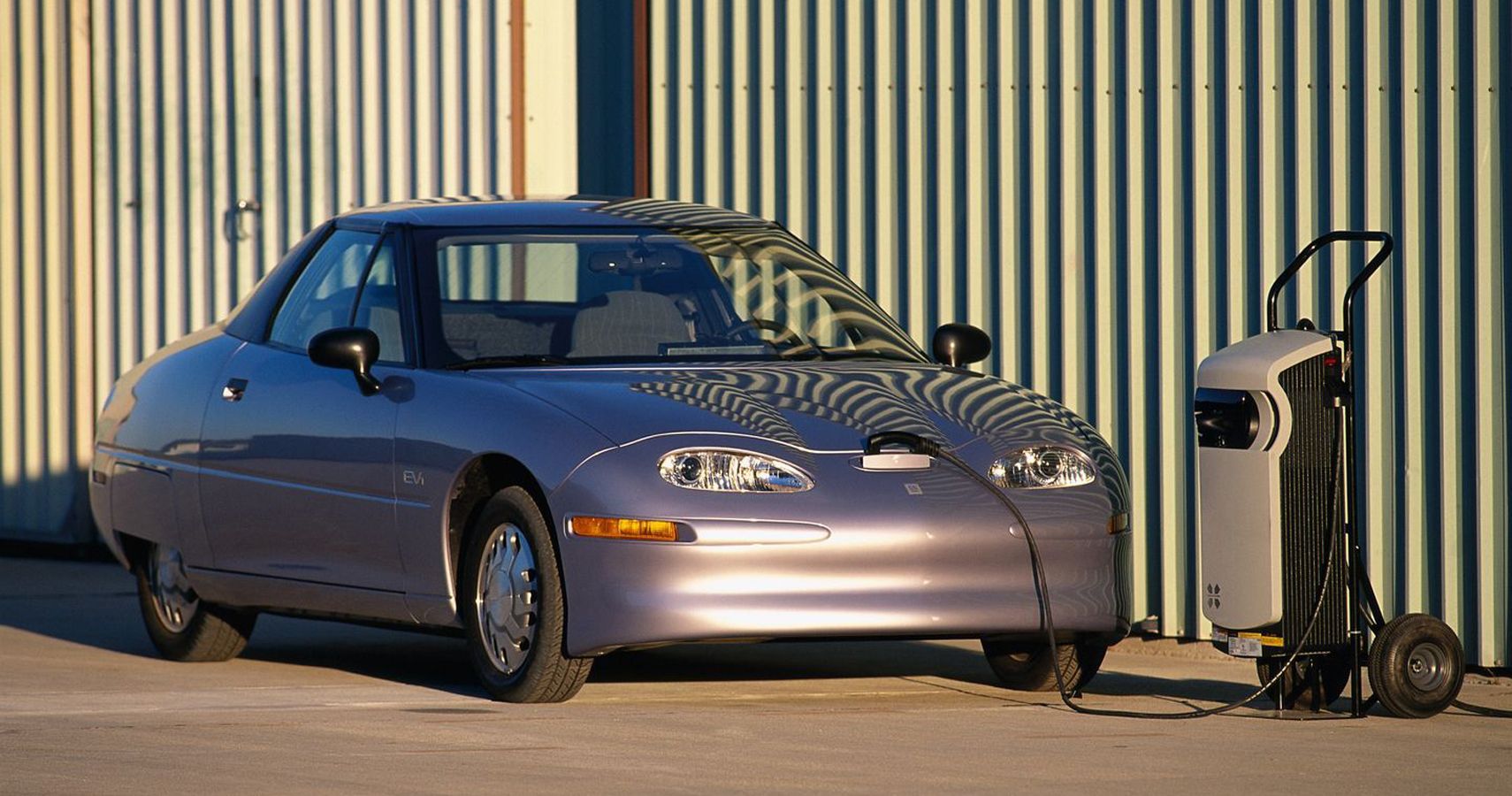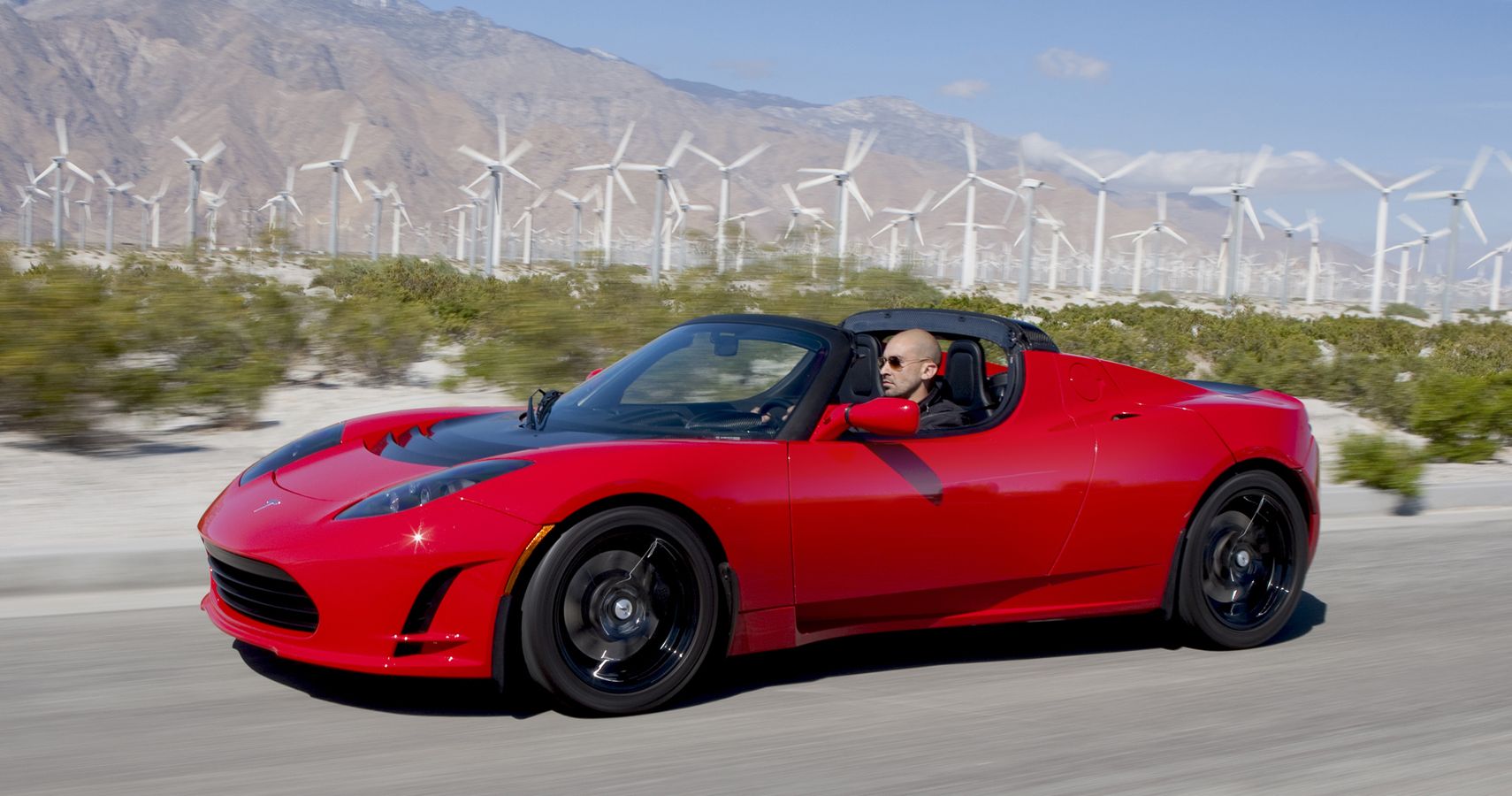We are in the middle of a revolution today, the kind that could soon make traditional gasoline engines obsolete and nearly criminal, soon enough, unless you do not care for the environment at all. And one of the cars to make a major shift in people’s understanding of all that is electric is the Tesla Model S, which hit the market in 2012 and instantly began to fly off the shelves.
Most of the cars from Tesla have become automotive benchmarks in their own right today, although there was a point in between where they seemed to be floundering. Punchy acceleration, long-range on a single charge, and a price that combatted gasoline-engine variants became big selling points.
And now, more and more companies have either started going electric or at least are thinking about it. Even Dodge says performance may mean electric now, even for the Charger and the Challenger. Ford has already announced electric models whereas newer entrants, like Nikola, are also entering into the fray.
So which cars have been the most important in the history of EVs yet, and how have they made us understand this revolution a little more? Let’s have a look…
The Concept Of The EV, Introduced
From 1899 and now, we are not fudging the dates here, the world saw its very first electric car that was sold commercially, in the form of the Baker Electric. And its run lasted all the way till 1915. It may come as a surprise today, but back in the 19th century, battery-powered trikes and trams were pretty common and the Baker Motor Vehicle Company of Cleveland, Ohio, decided that launching an electric car would be a good idea.
The founder, Walter C Baker tried to set multiple land records to show what an electric car could do, even though in 1902, there was a major accident with one of the cars. The driving range was an insane 201 miles, although obviously, the power was nothing to brag about.
But this was the first electric car and told people what electric cars could do.
The Time EVs Could Be Bestsellers
Later in the years, another electric car emerged as competition to the products offered by Baker Electric, and this car was the Detroit Electric, so made by Anderson Electric Car Company, which before 1907 made horse-drawn carriages.
The Detroit Electric promised to have a range of 80 miles on a single charge but in one such test, it went an incredible 211.3 miles. One reason for its success was the high gasoline prices during WWI.
But when the war ended, the glory days of this car ended too, and it was soon edged out in the race of gasoline vehicles that were cheaper to make and easier to sell.
The Idea That EVs Could Be Fast
After the Detroit Electric, it was the time of gasoline vehicles. Electric vehicles faded from consumer memory, becoming more of ghost stories than anything else. In 1959, there was a little resurgence, in the form of Henney Kilowatt, an electric car that came based on the Renault Dauphine.
While the EV did not last and was off the market by 1960, it told people that EVs could go fast as well because this tiny little four-door car could go all the way up to 60mph. Not bad for a car of the ’50s and pretty good for an EV in general.
And, Even The Detroit Three Seemed Interested
Till 1997, no major American carmaker had gone electric. But the GM EV1 changed all that. Even though it became more infamous than famous for its end. The GM EV1 was called a specialty car and came as a two-seater. Instead of GM selling it, they leased it to drivers in California, Arizona, and even Georgia, to test the electric-car waters.
The car initially offered a driving range of 70-100 miles but later, in 1999, this range was upped to 140 miles. Suddenly, the EV1 was canceled and GM recalled all of its vehicles and sent them to the crusher. 40 cars survived their fate but they too had their powertrains disabled before being sent off to museums. But this was one car that brought home the fact that EVs could be stylish, fast and the cynosure of every eye.
Fast, Furious & Very Fine: The New-Age EV
When the Tesla Roadster came in 2008, it came with hypercar-like looks and specs. So yes, it was based, rather roughly, on the Lotus Elise. And it came expensive, and they weren’t many takers for the car as well, with only 2,450 selling in a four-year period.
But then again, Elon Musk never intended for the Roadster to be a bestseller. This was a mere aperitif, showing the world what the banquet of Tesla and electric could look like in the future. EVs were no less powerful, or luxurious. Plus, they saved the Earth too. What more could you ask from the cult of Musk?
Sources: CarandDriver, Tesla

